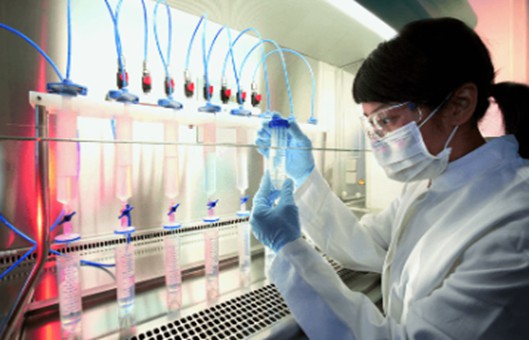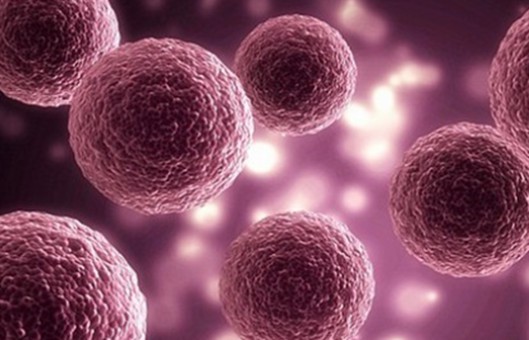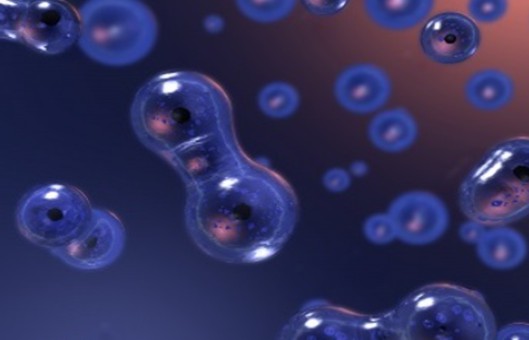GUIDELINE
- ESCs are highly susceptible to differentiation during culture in vitro. To maintain their continued proliferation and inhibit differentiation, they must be cultured on feeder cell monolayers that secrete inhibitory factors or in a culture medium that incorporates differentiation inhibitory factors.
- The process of ESCs' culture includes three parts of work, the culture of feeder cells, the preparation of feeder monolayers, and the culture of ESCs.
METHODS
Feeding layer culture method
- mESCs are planted onto feeder monolayers made with mitomycin C treatment or γ-ray irradiation and replace culture medium.
- Incubate at 37℃, in an incubator, observe daily, replace the culture medium promptly, and pass the culture medium at a ratio of 1,3 to 1,6 every 2 to 3 days.
- Discard the original culture medium and wash once with PBS.
- Add trypsin-EDTA digestion solution to cover the cell surface, act for 30 seconds, discard the digestion solution, and let the residual digestion solution continue to act.
- Tap the bottom of the culture dish.
- When the cell layer appears to be fissured and cells have fallen off, add culture medium and blow gently until it becomes a single-cell suspension.
- Normal mESCs colonies have clear edges, smooth surfaces, dense structures, bulging growth, and strong positive alkaline phosphatase check.
- If the feeding conditions are uncomfortable, mESCs are easily differentiated and the colonies become flattened with unclear edges and rough surfaces, seen with large endoderm-like structures, and negative for alkaline phosphatase.
Feederless layer culture method
- Use of Leukemia Inhibitory Factor (LIF), mESCs can be cultured without a feeder layer by adding LIF to the ESCs culture medium at a concentration of 1,000 IU/mL.
- Use of Buffalo rat hepatocyte (BRL) conditioned medium (BRL-CM), BRL is a cell line that can secrete LIF, so its supernatant can be collected and used for the culture of ESCs.
- Cultivate the cells at a concentration of 2×105 cells/mL. Culture for 72 hours, and collect the supernatant. The culture medium used is the mESCs culture medium without LIF.
- The culture supernatant is filtered before use to discard cell debris.
- When used, add 3-4 parts of fresh mESCs culture medium without LIF to 6-7 parts of culture supernatant, and then add 8%-10% of fetal bovine serum to combine into BRL-CM medium. The cells can maintain the undifferentiated state and multi-differentiation potential of ESCs.
- Use of rat myocardial conditioned medium (RH-CM), The cardiomyocyte culture supernatant from 2- to 3-week-old rats also has a similar effect to that of BRL culture supernatant.
- Monolayers of cells are made from 2- to 3-week-old rat myocardium, and the culture supernatant is collected within 5 generations. The culture medium used is the mESCs culture medium without LIF addition.
- The culture supernatant is filtered and cell debris is discarded before use.
- Add 3 parts of fresh ESCs culture medium without LIF to 6 parts of culture supernatant and then combine with 1 part of fetal bovine serum to form RH-CM.
- mESCs cultured without feeder layers grow in islands, and the characteristic morphology of the clones is clearer.
Creative Bioarray Relevant Recommendations
- Explore our other extensive range of cellular services. With decades of experience in cell biology and cell culture, we can recommend strategies and provide contract services for cell-based assays, including cell line tests, stem cell research, and iPS cell research
NOTES
- It is recommended that cells should be passaged every 2 days, overgrown cells will reduce the natural differentiation rate of the cells.
- The lower culture plate or culture dish must be treated with a substrate gel before laying down the feeder layers.
RELATED PRODUCTS & SERVICES


